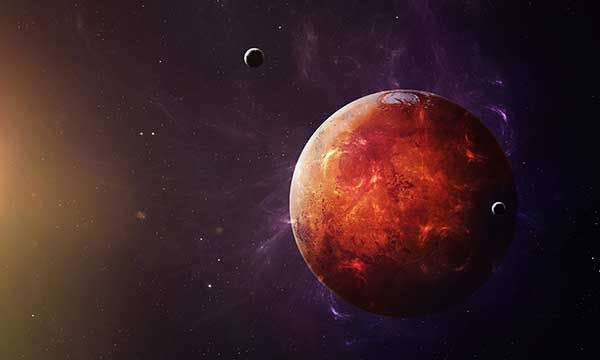China builds ‘artificial moon’ for gravity experiment
The artificial moon is housed in a vacuum chamber, despite the fact that it is only 60 centimetres in diameter compared to the actual moon’s 3,474.8 kilometres.

China has established an artificial moon research centre that simulates low-gravity conditions to aid in the exploration of the satellite. According to Li Ruilin of the China University of Mining and Technology. The facility, which will be officially launched in the coming months, can make gravity “disappear”. The artificial moon is housed in a vacuum chamber, despite the fact that it is only 60 centimetres in diameter. Compared to the actual moon’s 3,474.8 kilometres. Ruilin stated that the chamber is the first of its kind in the world. It will be filled with rocks and dust to simulate the lunar surface, the South China Morning Post reported.
The Gravity -Facility
Scientists intend to utilise the facility to test the technology in low-gravity environments. For extended periods of time before sending it to the moon. Where gravity is only one-sixth of what it is on Earth. This will allow them to work out any expensive technical hitches. As well as test if certain structures will survive on the moon’s surface and examine the practicality of establishing a human settlement there. Under constant temperature and load, a creep test determines how much a material will deform,” Li remarked as per the Chinese media outlet.

According to the researchers, Andre Geim, a physicist at the University of Manchester in the United Kingdom. He was the inspiration for the chamber. He was awarded the satirical Ig Nobel Prize. So a devised an experiment that used a magnet to make a frog float. A phenomenon known as diamagnetic levitation was used by Geim. Which is now being applied to the artificial-moon chamber, as per the report.











